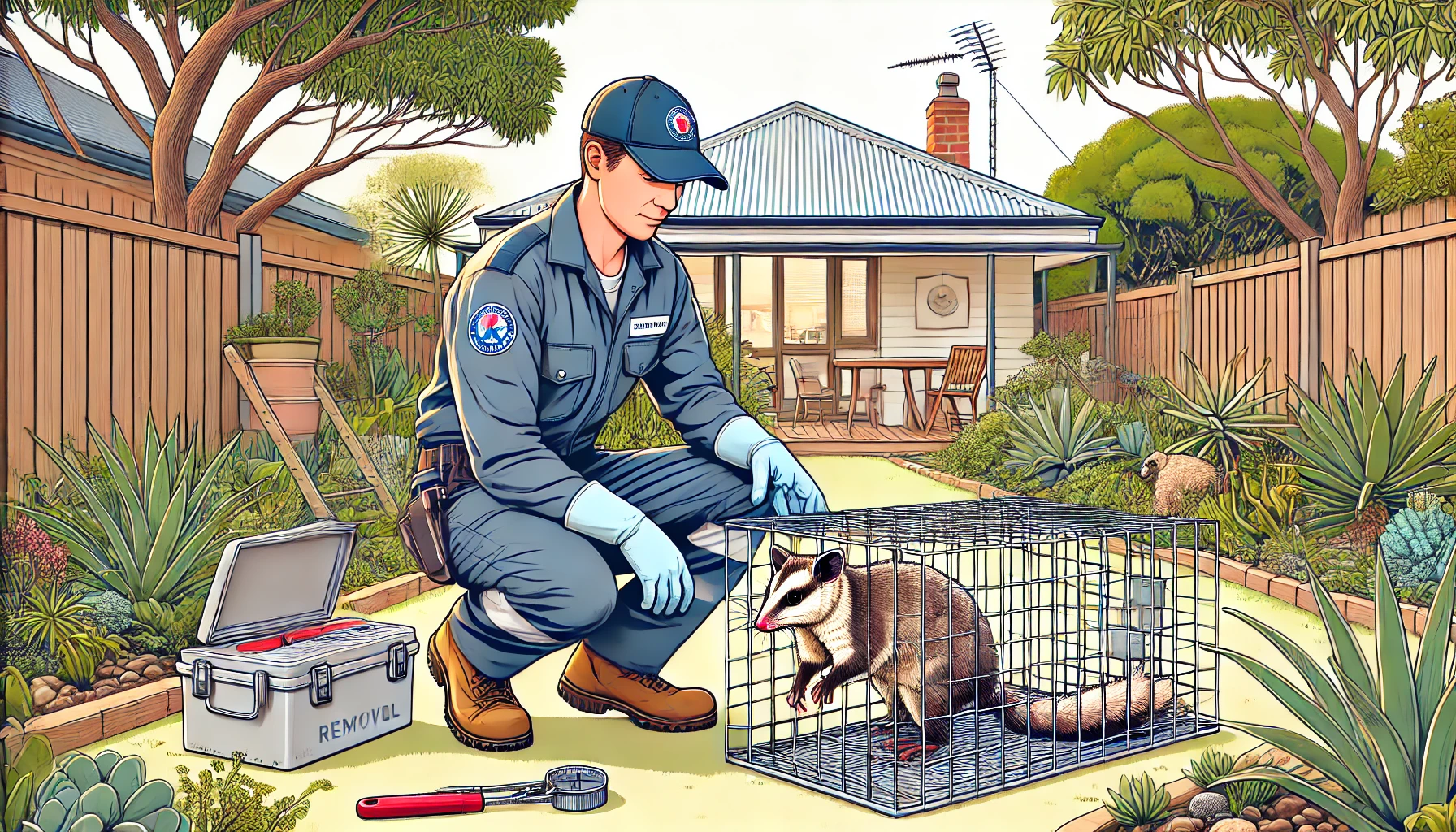Possum Removal: How to Safeguard Your Home Naturally

Strong 8k brings an ultra-HD IPTV experience to your living room and your pocket.
Possums are an integral part of Australia’s wildlife, often seen in urban and suburban areas. While they contribute to ecological balance, their presence in homes can be disruptive. Possums tend to seek shelter in attics, garages, and sheds, leading to property damage, noise issues, and potential health concerns. If you are dealing with unwanted possums, it is crucial to adopt humane and legal possum removal techniques.
Understanding Possum Behavior
Possums are nocturnal creatures that come out at night to forage for food. They are excellent climbers, using tree branches and fences to access rooftops. Commonly found species include:
Common Brushtail Possum: Larger in size and often found in urban environments.
Common Ringtail Possum: Smaller in size and prefers nesting in dense foliage.
By understanding their habits, you can implement strategies to deter them from entering your home.
Signs of a Possum Infestation
Before removing possums, it’s essential to confirm their presence. Look out for:
Scratching or Thumping Sounds: Noises at night coming from the attic or roof.
Foul Odors: Possum droppings and urine create an unpleasant smell.
Nibbled Fruits or Pet Food: Possums forage for food in gardens and pet bowls.
Visible Damage: Chewed wires, insulation, or broken roof tiles indicate their presence.
Humane Possum Removal Strategies
1. Identify and Block Entry Points
Conduct a thorough inspection of your home to find gaps or holes where possums may enter. Seal these openings after ensuring that no possum is inside.
2. Install One-Way Exit Doors
A one-way exit door allows possums to leave but prevents them from re-entering. This method ensures their safe removal without harming them.
3. Trim Tree Branches
Possums use overhanging branches to access rooftops. Trimming branches at least 2 meters away from the roof can deter them from entering.
4. Use Natural Deterrents
Motion-activated lights and sprinklers: Sudden lights and water sprays can scare possums away.
Strong smells: Possums dislike garlic, ammonia, and camphor. Placing these scents near entry points can deter them.
5. Secure Food Sources
Possums are attracted to easily accessible food. Secure garbage bins, remove pet food from outside, and protect fruit trees with netting.
6. Install Nesting Boxes
Provide an alternative habitat by installing a possum nesting box in your garden. This encourages them to relocate naturally instead of seeking shelter in your home.
7. Seek Professional Assistance
If possums persist despite your efforts, contact a licensed possum removal expert. They can safely trap and relocate the possum while complying with local wildlife laws.
Legal Considerations for Possum Removal
Possums are protected under Australian law. Homeowners must adhere to legal guidelines, including:
Possums cannot be relocated more than 50 meters from their capture site.
It is illegal to harm or kill possums.
Only licensed professionals can handle possum removal using approved methods.
Preventing Future Possum Infestations
After removing possums, take preventative steps to keep them from returning:
Regularly inspect and repair your home’s roof and vents.
Use possum-proof barriers on fences and tree trunks.
Avoid leaving food scraps in the open.
Install sensor lights to discourage nocturnal activity.
Conclusion
Possums can become a nuisance if they invade your home, but humane and legal removal methods can help address the issue effectively. By sealing entry points, using deterrents, and providing alternative nesting options, you can coexist with these creatures without conflicts. If you need expert assistance, Possum Removal Adelaide services offer professional and ethical solutions to keep your home possum-free.
Note: IndiBlogHub features both user-submitted and editorial content. We do not verify third-party contributions. Read our Disclaimer and Privacy Policyfor details.


